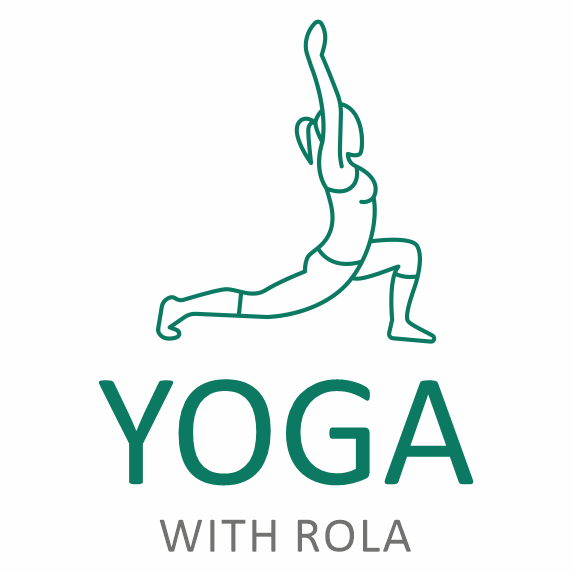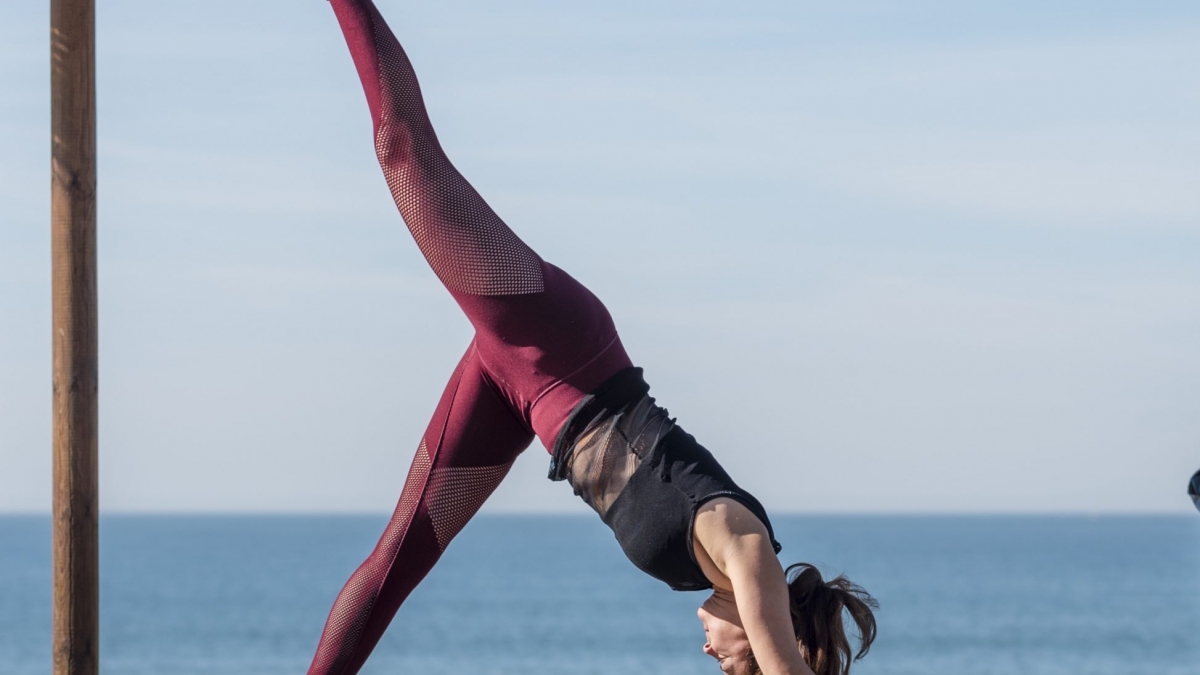“Be willing to be a beginner every single morning.” Meister Ekhart
While the beginning of the Yoga can be traced back to Northern India five thousand years ago, its relevance and power to calm the mind and strengthen the body has remained unchanged. For beginners as well as so called advanced practitioners, it is worth remembering the humble beginnings of this ancient practice — as a pathway to heightened awareness — and the importance of keeping a beginners’ mind throughout the yoga journey, engaging with one’s daily practice with an open mind, as if for the first time.
Many forms, one essence
The jargon continues to expand, as this ancient practice now blends into modern times and gym culture. Classes of Power Yoga and Gravity Yoga for example exist with other popular styles of yoga like Ashtanga, Iyengar, Hatha, and Kundalini. Some prefer to follow the four major traditional categories or paths, namely Karma Yoga, Bhakti Yoga, Rāja Yoga and Jñāna Yoga. But adaption to modern lifestyles and needs is inevitable and natural.
Athletes, for example, have adapted the practice is to complement their strength training and build better balance and flexibility.The key, and opportunity, is not to lose sight of the essence of yoga, as a mental and physical practice with the objective of creating a higher consciousness through the union of body and mind — a form of self-healing, self-curiosity and introspection.
The asanas
To help steady the mind and reach higher benefits in this life-long journey, basic physical poses or asanas like Child’s Pose, a calming relaxing pose for the whole body, or Downward Facing Dog to help relieve back pain while strengthening the arms shoulders and backs, are a great way to start creating space in the body for the more subtle benefits. Other postures like Plank and Chaturanga, the push up variation of Plank, strengthen arms and wrists and tone the abdomen, while back bends like Sphinx and Cobra strengthen the back and open the chest.
The sequences may vary, the forms and names will change with Sanskrit now blending with new terminology, but one pose that remains constant in most sequences is Savasana, final corpse pose. It allows one to pause and, with practice, to transition into a relaxing, meditative state.
As the body starts to build strength and flexibility, a sense of balance, in its broader meaning is experienced. Not only in the so-called balancing poses like Tree Pose, but in all movements and transitions, balancing body and mind, upper and lower body, and right and left sides.
Advancing in yoga
With time, the body may, or may not, choose to explore different movements like inversions, splits and arm balancing. Irrespective, true yogi and yoginis will continue to experience something new in each pose, however “basic”, opening their minds to new deeper sensations that go beyond the physical.
The end result: Self-care and self-compassion for body and soul. With a beginner’s mind, and the attitude of a keen student, your practice will advance while remaining always interesting and fresh.



Add a Comment